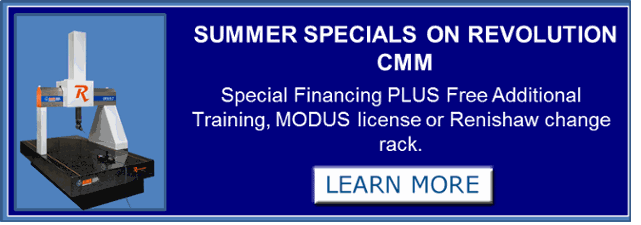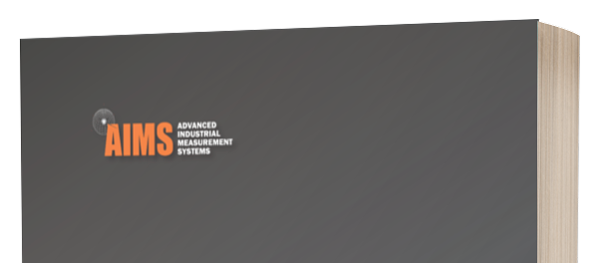
The Reshoring Initiative is an organization dedicated to showing manufacturers that local production can translate to lower cost of ownership of purchased parts and tooling. In addition to dispelling manufacturing "urban myths," the Initiative, founded in 2010, “trains suppliers to effectively meet the needs of their local customers by giving them the tools they need to understand how to sell against lower priced offshore competitors.” But as much as this term is used - do we all understand what it means? And why bother?
The Reshoring Initiative defines reshoring as "the practice of bringing manufacturing and services back to the U.S. from overseas." The reasons for reshoring are plentiful, and include part consistency and higher product quality. Let's take a closer look at reshoring trends.
We all know that bringing jobs back to the U.S. was a key topic during the 2016 presidential campaigns. The topic of jobs continues to dominate headlines and the numbers show that the reshoring trend remains on an upward trajectory. A recent data report shows reshoring and Foreign Direct Investment (FDI) are on the rise, adding 77,000 jobs in 2016. Over the last few years, FDI exceeded reshoring for total jobs added and reshoring gained the upper hand from 2015 to 2016. Researchers predict a similar uptick this year, with January 2017 reaching an all-time high of reported jobs per month. The numbers also appear to indicate a focus on high-tech manufacturing jobs versus low-tech jobs.
High tech work tends to attract higher investment dollars, larger R&D programs and better payscales, with less risk to low wage countries. The Reshoring Initiative places emphasis on competition at all levels to reach a larger population of workers. According to the Initiative, increased demand in apparel, wood, plastics and rubber is boosting the need for low tech workers.
The Initiative predicts that by 2022 the growing costs of production in China will move the manufacture of goods “consumed in the U.S. to the U.S.” This shift in dynamics will have the greatest impact on seven industry sectors, which “account for nearly $2 trillion in annual U.S. consumption. In 2010, the U.S. imported nearly $200 billion worth of products in these categories from China.” They are:
- Computers and Electronics
- Appliances and Electrical Equipment
- Machinery
- Furniture
- Fabricated Metals
- Plastics and Rubber
- Transportation
In March of this year, IndustryWeek Magazine told a similar story stating that, “increasing foreign labor costs and better automation in the U.S. is bringing back jobs. In fact manufacturing has brought back more jobs than any other industry in the past five years."
GM, Boeing, Ford, GE and Caterpillar have been ranked as the top five in reshoring due to increasing foreign labor costs and improved automation in the U.S. According to Cutting Tool Engineering Magazine, automation technology and engineering tools continue to prove themselves as major assets to the new and emerging economy.
Shorter lead times and delivery windows are also helping to fuel reshoring trends. With the introduction of services like Amazon Prime, customers are becoming used to ultra-fast deliveries. For offshore manufacturers, this shift requires storage of large inventories. When you consider space, labor and theft/loss protection, storage costs amount to a costly premium. Onshore facilities allow manufacturers to cut costs significantly.
With the demand for high quality parts on the upswing and potential for expanded parts production, coordinate measuring machine (CMM) options are becoming more important than ever. Whether a customer needs a lab-grade machine, a mobile unit or custom gauging, it’s safe to say that there will be a whole lot more parts coming down the pike that require measuring. With those parts will come more customers who will need the right quality inspection tools to make sure these parts are up to standard.


